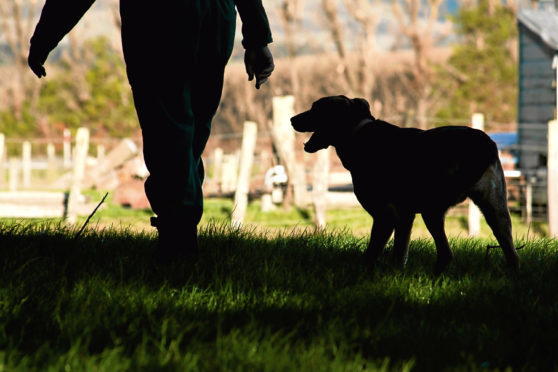More than 2,500 acres of publicly-owned land are to be made available to set up around 50 start-up units aimed at helping would-be farmers to get a foot on the first rung of the farming ladder.
Announcing the development on the eve of the major new entrants conference which takes place in Perth today, the Scottish Government said the move helped to fulfil its pledge to seek out more opportunities to make such land available for starter farms.
The land will come from public bodies such as Forestry Enterprise Scotland, Scottish Water, Highlands and Islands Enterprise and East Lothian and Highland Councils. It will be made available later in the spring.
Commenting on this latest stage in the Farming Opportunities for New Entrants (FONE) initiative, Rural Economy Secretary Fergus Ewing said lack of access to land represented one of the biggest hurdles to would-be farmers.
He said: “With the average age of Scottish farmers at 58 years of age, attracting new entrants to farming is vital for the long-term sustainability of the industry. New entrants drive innovation and best practice, improve efficiencies and contribute towards the overall economic vitality of the sector.”
A Scottish Government spokesman said that with a number of generations often working on the one farm the statistics could be misleading as, while the younger generation often carried out the active farming, they were often omitted from official figures.
He said: “But the reality is that the number of farm occupiers that are 40 years old and younger has dropped to around 9% –and the number 65 years old and over has risen to over a third. The Scottish Government is determined to encourage a new younger generation by lowering capital and land barriers, supported by a first-class skills, knowledge and training package.”
